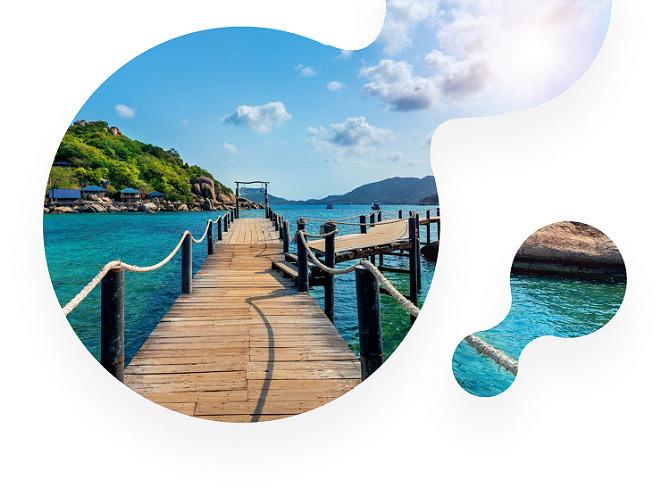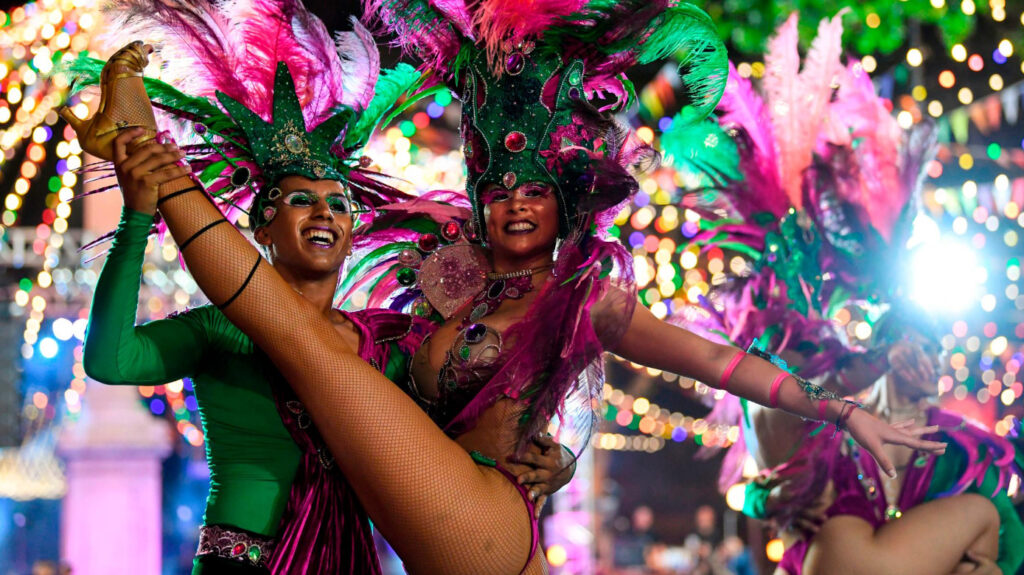
When will Carnival in Merida take place in 2023?
Carnival in Merida is celebrated annually from January to March before Ash Wednesday, the beginning of Lent. Carnival lasts for a week, with various activities and attractions. It used to be (and for some still is) the last day of festivities and delicious food before religious abstinence.
Where is the carnival in Mérida?
- Carnival of Merida takes place, as it is not difficult to guess, in the capital of the state of Yucatan, Merida. In addition, most of the festivities take place at the Carnival City complex.
How is carnival in Mérida celebrated ?
Today the carnival in Mérida is organized by a local committee. This carnival is not as busy and noisy as the ones in Veracruz or Mazatlán: it is quieter and more family-oriented because of the cultural characteristics of the Yucatan people, who tend to be milder and calmer than their compatriots from other states.
The costumes and types of dancing in the Yucatan carnival are also not as extravagant as in other regions, they are more restrained, but nevertheless very elegant. At the same time, the carnival tries to draw attention to the attractions of the region, so the costumes and decorations make extensive use of elements of local flora and fauna. For people living in Mérida, the carnival represents a welcome break from the daily grind and an opportunity to spend some time with family and neighbors enjoying the parades and parties.
The traditional carnival has an unusual symbol, King Mom, whose coronation ceremony is a spectacular show with music, dancing and fireworks. King Mom is a famous mythological character from Greek mythology and symbolizes humor and mockery. Every year in Merida, a man is chosen to receive this symbolic title as part of the celebration.
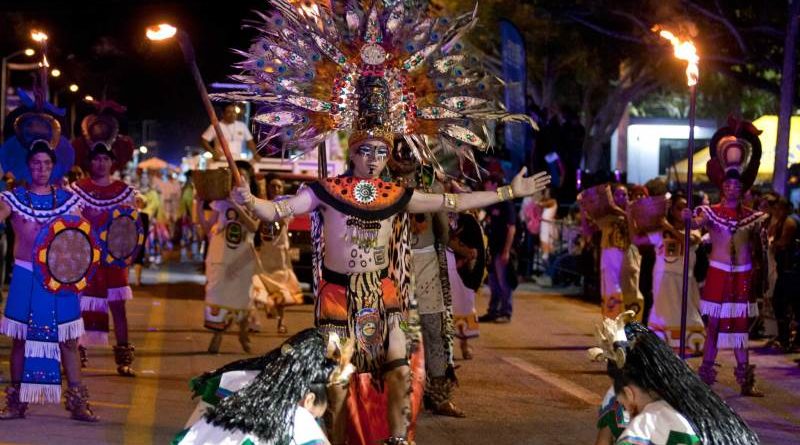
History of the holiday
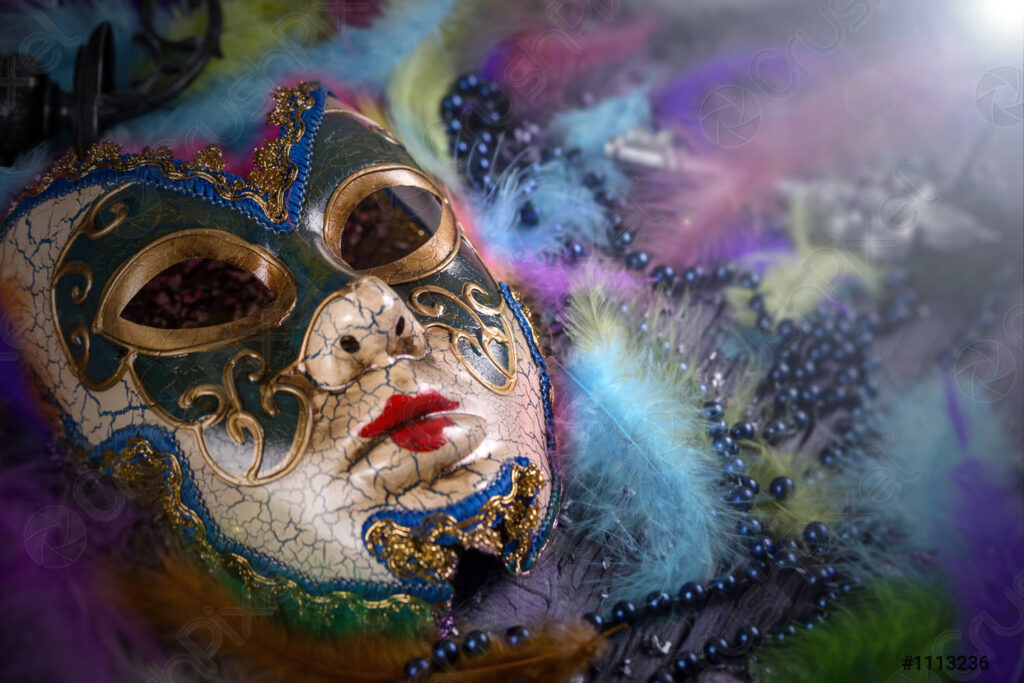
- At the beginning of colonial times, only religious and political events could excite the inhabitants of Merida. Then, in the 16th century, Luis Céspedes de Oviedo introduced balls, feasts and masquerade parties into the region. At first this caused outrage and criticism among the people, but these events prompted the then governor of the state, Guillén de las Casas, to introduce carnivals in Merida so that people could enjoy a week of fun before Lent.
- By the 18th century, carnival was celebrated with great fanfare in the central square, especially on Sundays and Tuesdays, when wealthy inhabitants of the city paraded in front of the curious poor natives. Then the middle class also joined the events, which today have become world-famous for their elegance and originality.
- After Mexico’s independence, Carnival in Merida lost some of its luster, and by the mid-19th century the event was only three days long, later extended to five days of celebrations. During this time, people in colorful costumes and masks ran through the streets singing and dancing to Latin American music. Huge balls were also held in elegantly decorated ballrooms where 400 or 500 couples could perform simultaneously.
- The market price of agave had a great influence on the quality and magnitude of Merida’s carnivals, and from 1889 to 1926, when prices and yields were at their peak, the festivities were quite spectacular.
- Then the carnival began to consist of a car parade. It was accompanied by groups of young people throwing streamers, flowers, and confetti at the spectators. Carnival clothing was not very colorful, and women in general preferred Russian or Spanish folk dress for themselves and superhero costumes for their children. Decorated allegorical moving platforms were rare.
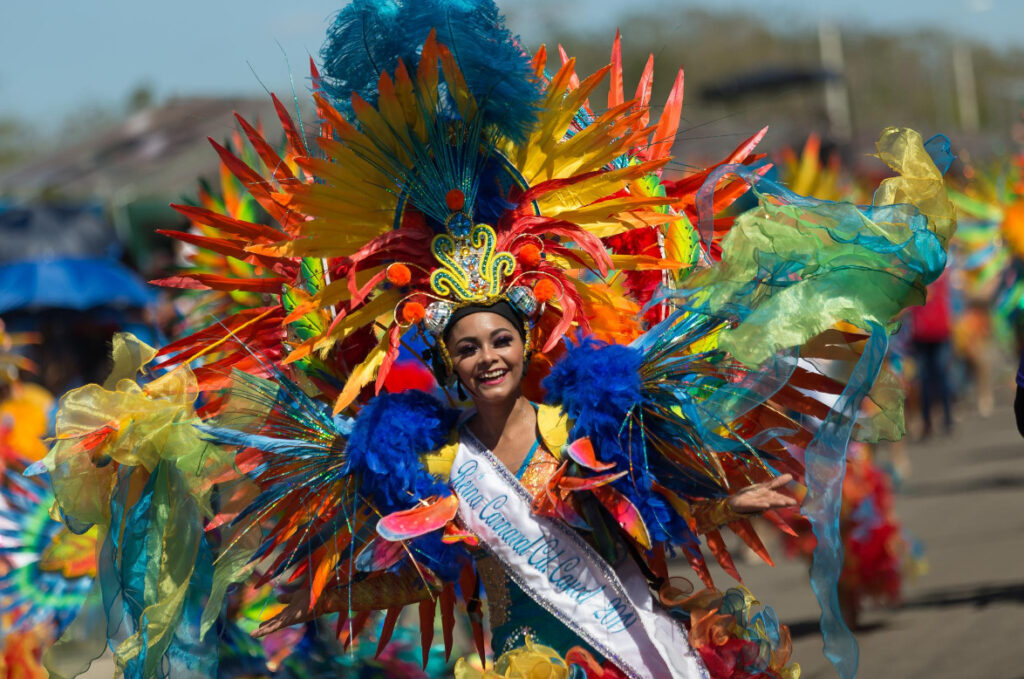
Carnival theme in Mérida in 2023:
Next year’s carnival will have the theme «Cultures and Adventures That Make the World a Better Place».
Celebration plan

- Artists and folklore groups take part, but now the main symbol of the holiday is the spectacular costume parade. Incredible costumes for the carnival are prepared by the locals, and both adults and children take part in the processions. And in modern times a parade of cars takes a significant place again, which continues with the grand opening of the holiday near the Palace of Government. The Kings of Moms of past carnival and children accompany a defile of the most varied and amazing car models (which will be described later).
- Before the carnival officially begins, several contests are held in Merida, including a «Girlfriend Contest» and a «Cosplay Contest». In addition, there is a coronation of children kings, the elderly and the mentally and physically disabled.

- Each day during the carnival there are different parades, each one representing Yucatan life and traditions. They feature dancers from more than 60 national and international groups moving to the rhythms of samba, cha-cha-cha, salsa, and other Latin American dances. They dance on brightly colored platforms, each adornment of which carries a special meaning. The dancers, dressed brightly and provocatively, throw colored ribbons, candy, T-shirts and other items to the audience, which are collected by spectators as real trophies. Such parades are repeated on Saturday and Sunday, and at night you can see fireworks afterwards.
- The committee plans many different events, not unlike one another. For example, there is the coronation of the kings of the carnival, and the burning ceremony of the «Bad Attitudes». Here it can be represented by images of Bill Clinton, Hillary Clinton, Ernesto Zedillo, his wife Nilda Patricia Velasco and various journalists. And sometimes its themes are connected with serious issues such as drug trafficking and corruption.
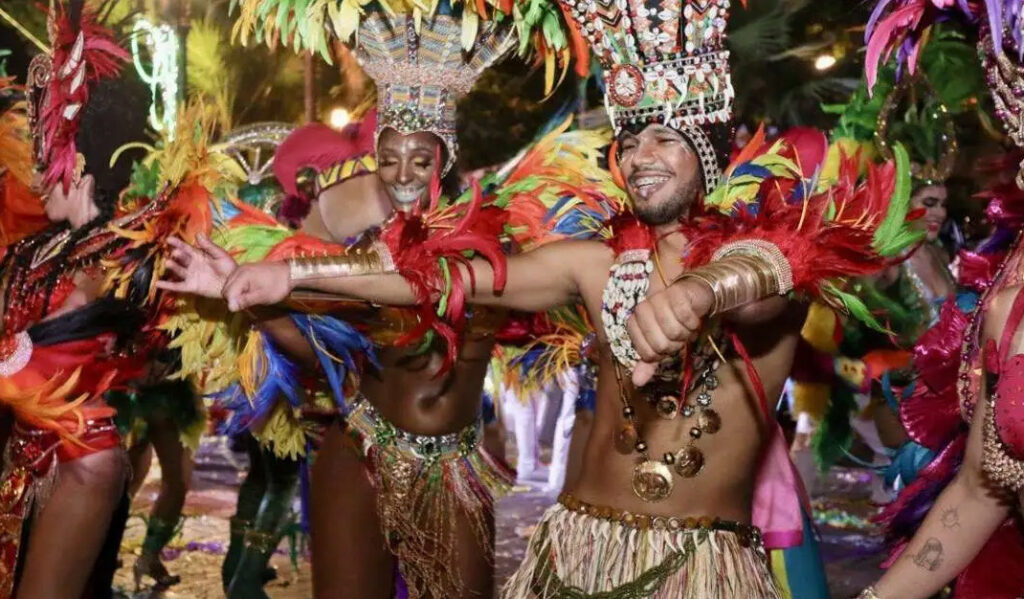
- Later there is the Great Parade, or Parade of Corsicans, with motorcades, carriages, bands and dancers. And also children’s essay contests, the Fantasy Parade with allegorical chariots, various activities for children and the Bachata Parade.
- In addition, the Great Shepherd’s Garden hosts folkloric performances characteristic of the state of Yucatán, which date back to colonial times. One of the most unusual events is the dog comparsa, and one of the most interesting is the indigenous parade, during which participants wear typical Native American outfits.
- On Monday night, participants in the festivities wear carnival dresses, white garments embroidered with bright colors, and dance music of the peoples of the Yucatan is played in the city.
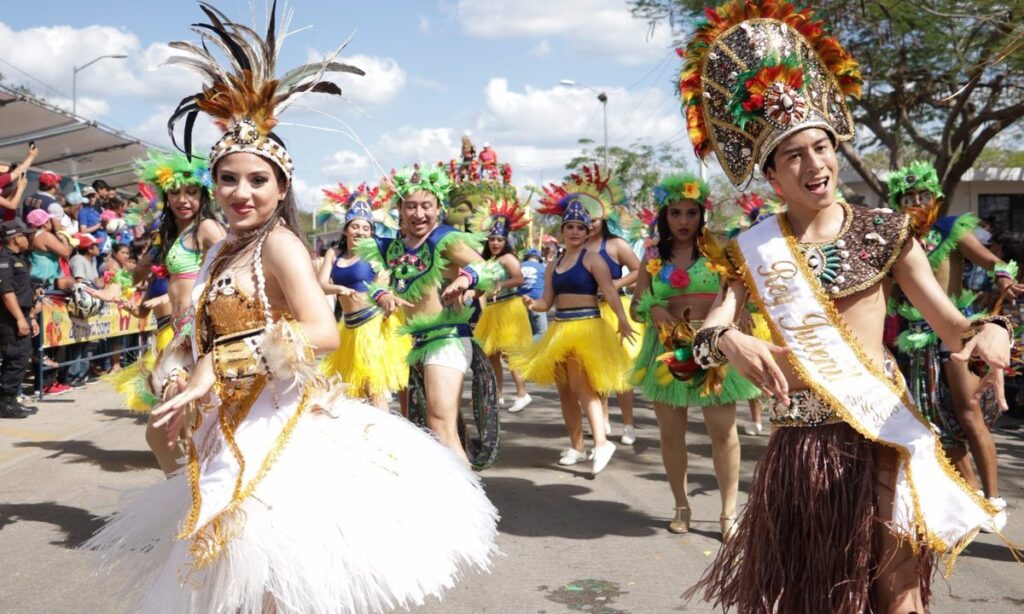
- Finally at the end of the carnival there is a «battle of colors», which is a march of folk groups dressed in motley, colorful costumes made up of feathers and shiny accessories.
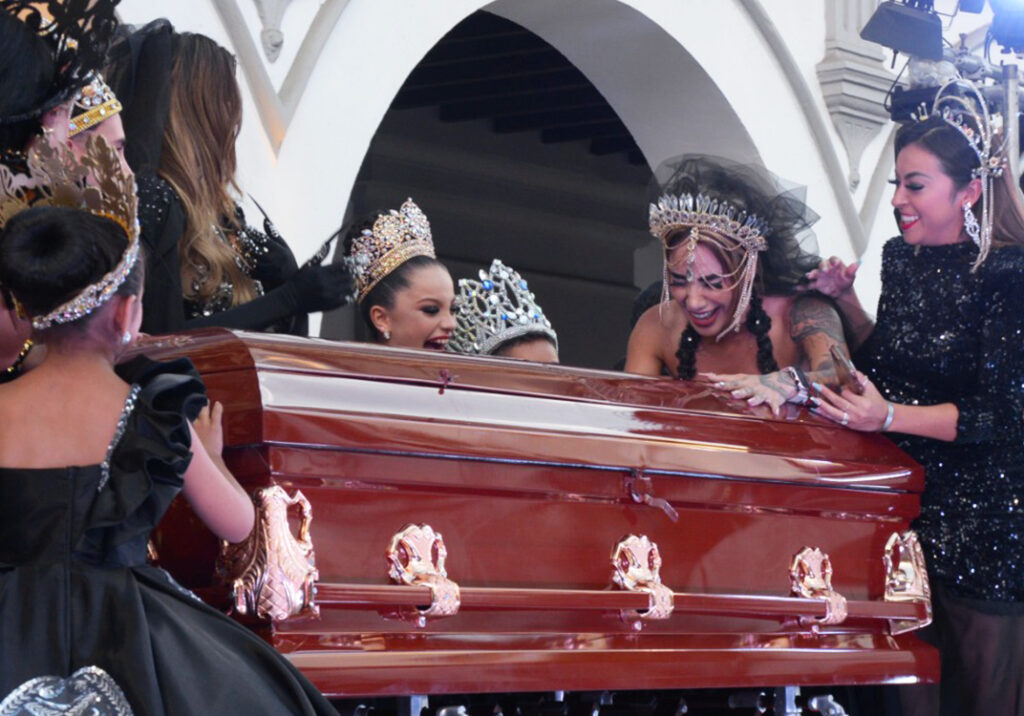
What to eat at Carnival in Merida?
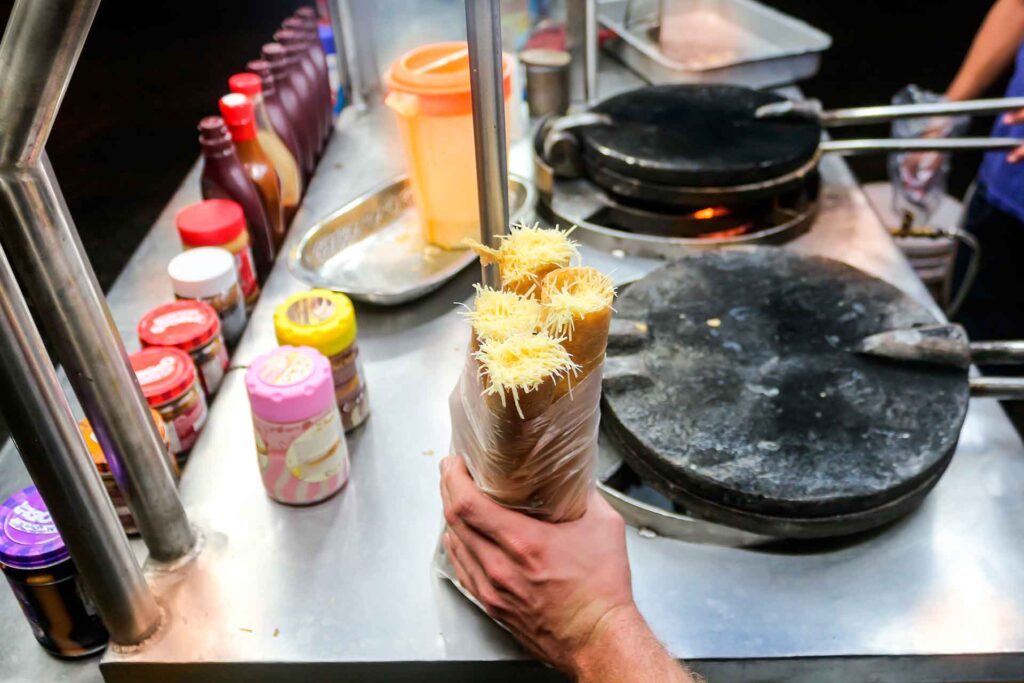
How to get to Merida:
- Merida Manuel Crescencio-Rejon International Airport receives direct flights from Mexico City, Houston, Miami, Las Vegas and several cities in Europe.
- Another option is to fly to Cancun and take a shuttle bus from there.

